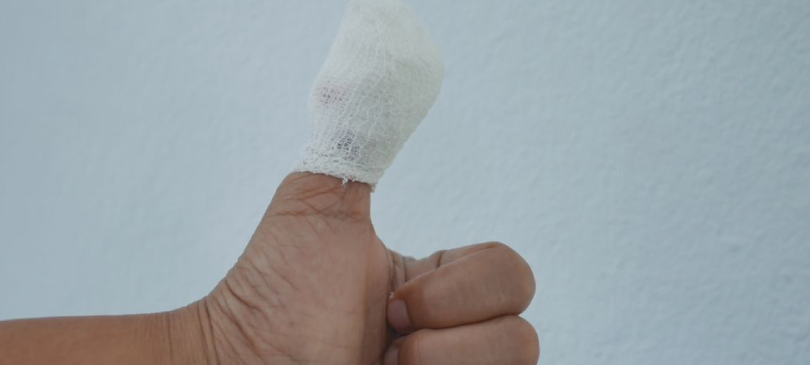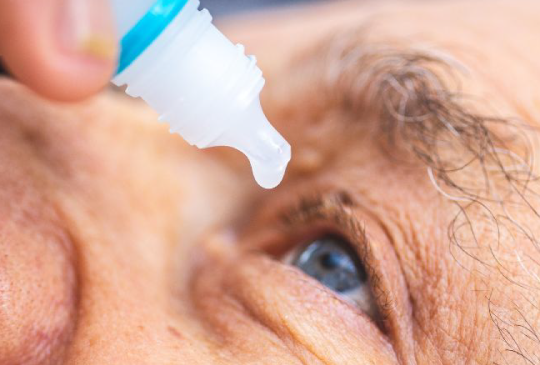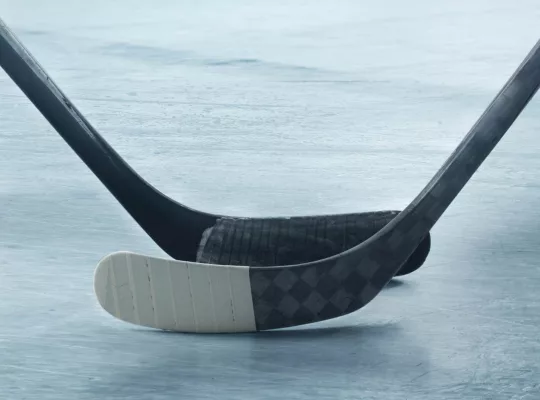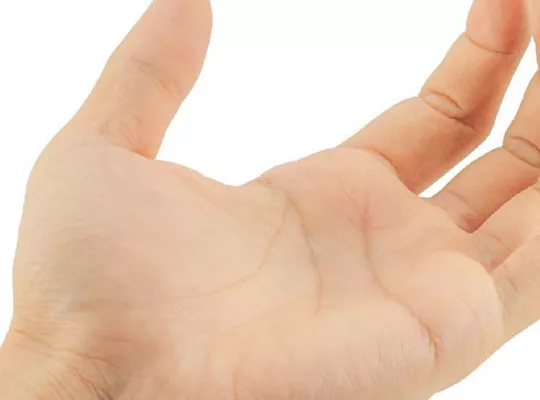Losing a fingertip can be a distressing experience, especially when it comes to the healing process. The road to recovery often involves discomfort, limited mobility, and concerns about regaining full function. Many people find themselves unsure of what to expect as their body heals, especially after an amputated fingertip incident.
One important fact to keep in mind is that fingertips have a unique ability to regenerate, depending on the severity of the injury. However, managing pain, preventing infection, and promoting proper tissue growth are all crucial aspects that can make or break the recovery journey for an amputated fingertip.
This article will explore everything you need to know about fingertip injury first aid, how to safely transport your severed finger to the hospital, and how to deal with the aftermath.
We will also take a lot of different treatment options when you should get surgery and the healing process.
Whether you’re worried about scarring, stiffness, or prolonged pain, we’ll offer clear advice to address those concerns. Let’s dive into what you can do to support the healing process and restore as much function as possible.
Fingertip Amputation First Aid
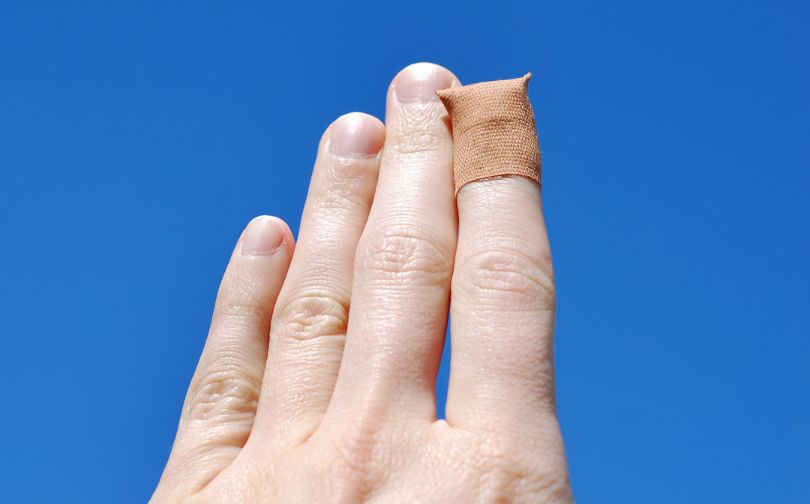
If you have been involved in a fingertip accident, then you should take the following preparations when going to the emergency room or seeing a doctor to ensure the best outcome for your sensitive injury:
- Clean the area using a saline solution or clean water. If possible, cover the injury with a slightly compressing sterile dressing to prevent bleeding and keep the area protected.
- Keep the finger elevated above heart level to minimize the amount of swelling.
- Using a short metal splint, immobilize the affected hand and wrist.
If you have completely severed your fingertip, then take the following precautions:
- Very carefully, clean the amputated area with a sterile saline solution or clean water.
- Use a moistened gauze wrap to cover the area.
- Place the severed fingertip in a sealed watertight bag – making sure there are no holes in the bag where the water could come out.
- Then place the bag in a container filled with ice or in another watertight bag to keep the amputated fingertip safe.
- Make sure the amputated part isn’t in direct contact with the ice. Then could lead to further damage.
- Once done, you should go to the nearest emergency room, preferably a hospital that specializes in hands.
Keep your amputated finger with you at all times until the doctor is ready to see you and assess the damage.
Severed Fingertip Surgery
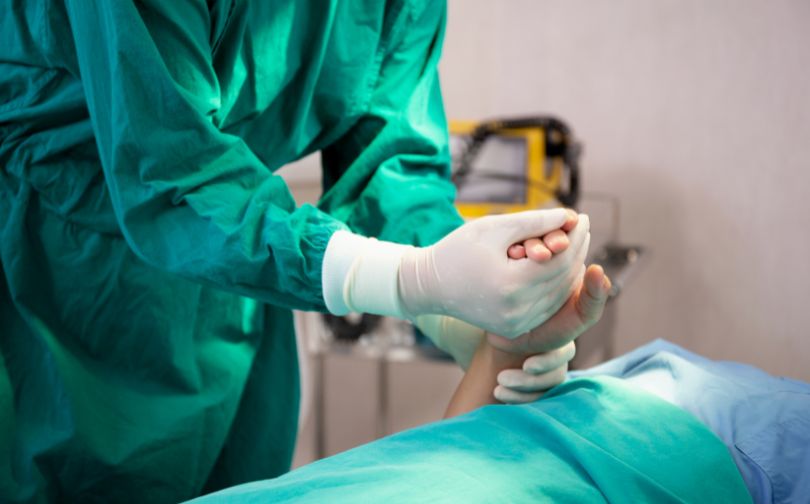
Operation or surgery to reattach a severed finger is known as replantation.
Using a microscope, your surgeon or doctor will take a look at your amputated finger(s) and decide whether or not it can be reattached.
Here, partially severed fingertips or fingers are considered more suitable for reattachment.
When it comes to full-length severed fingers, these can be more difficult since they are from the base.
According to the American Society for Surgery of the Hand, the steps to reattach a severed finger involve:
- Anesthesia – Through an injection, you’ll be provided with general anesthesia. This helps you to fall asleep and avoid feeling any pain.
- Debridement – Here, your doctor may need to remove any dead or damaged tissue surrounding the wound. This is referred to as debriding and it helps to prevent infection.
- Bone care – If they are damaged, your doctor may need to trim the ends of the bone. This allows bones to fit together better.
- Reconstructive surgery – If your doctor can save your amputated finger, then you may need to go under surgical microsurgery. Here, the nerves, tendons, and blood vessels in your finger are sewn together. This allows your finger to remain alive and heal even after it has been reattached.
- Reattachment – At this stage, the bones are connected and kept in place with plates and screws or wires.
- Closure – The wound is then stitched closed and bandaged.
When it comes to repairing a severed finger, a plastic surgeon and an orthopedic surgeon will generally work together.
When A Finger Can’t be Reattached
If your fingertip has been exposed to too much damage or the accident took place too long ago, then you may not be able to rejoin the fingertip.
In such instances, you’ll need surgery to repair the wound. Here, the doctor may use a graft or a flap made from your skin to help cover the affected area and close the wound.
After Finger Surgery
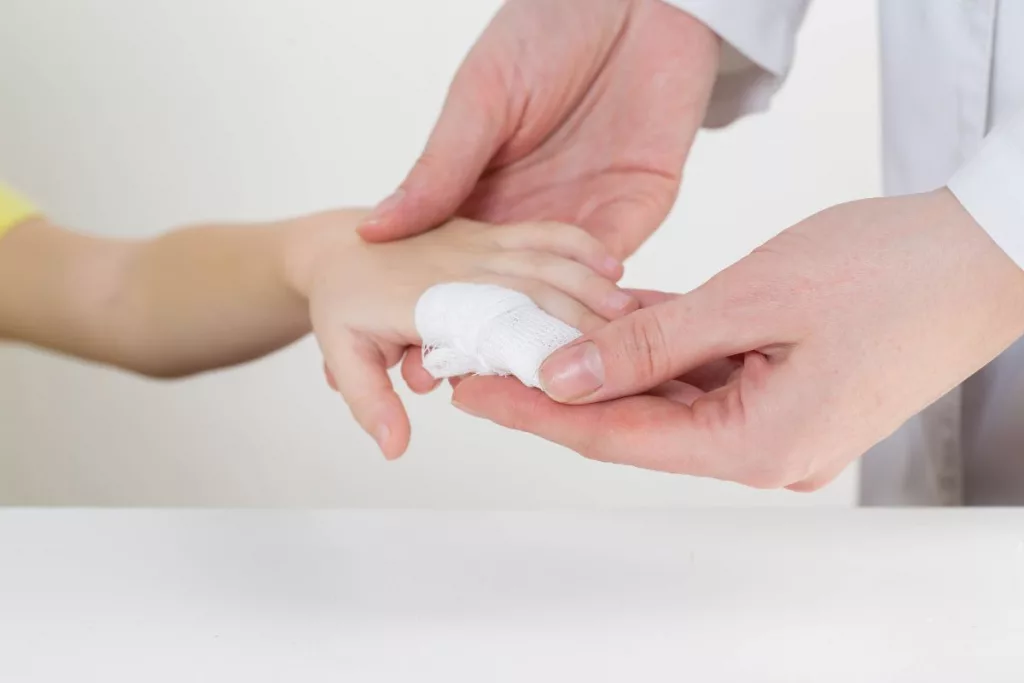
What to expect after your surgery and recovery time depends on the type of injury and the procedure required to fit it. Therefore, recovery can be anything from a few weeks to a few years.
Pain medication can be used to keep you as comfortable as possible during your recovery.
In the days after your surgery, you’ll likely need to take antibiotics to prevent infection. If you see any of the following signs you should see your doctor immediately:
- Redness
- Pain or tenderness
- Swelling
- Warmth is essential for promoting healing after an injury, especially for sensitive areas like the fingers.
- Fever
- Slow healing
- Red streaks in the wound
- Pus
- Skin or nail discoloration
- Bad smell
After surgery, your nurse or doctors should provide you with the information required to change your fingertip dressing.
Likewise, you may need to visit your doctor a week after your surgery to remove any stitches.
Plus, you may even have to attend follow-up appointments to make sure everything is OK.
Recovery
A severed finger injury may take several months to heal, after which point a person may still experience mild-to-severe pain and cold sensitivity for up to a year (or sometimes permanently).
The person may require pain medications as well as physical therapy.
How Can You Speed Up Fingertip Amputation Healing?
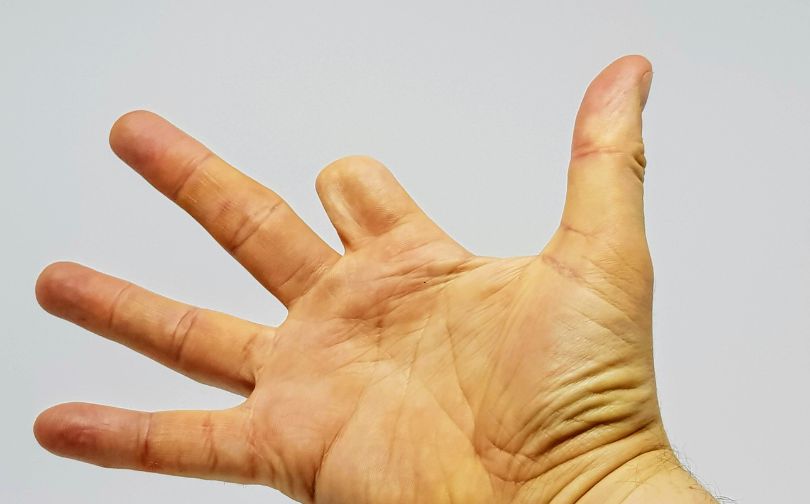
Healing a fingertip amputation can be accelerated with proper medical care and at-home practices.
- Semi-Occlusive Dressing: Promotes moisture and air exchange, speeding healing and reducing complications.
- Simple Wound Care: Apply Vaseline and Coban tape, keep the wound moist, and clean daily.
- Elevation: Elevating the injured finger reduces swelling by allowing fluid to drain.
- Range-of-Motion Exercises: Gentle exercises help prevent stiffness and maintain flexibility.
- Avoid Water Immersion: Keep the wound dry to prevent delayed healing.
- Monitor for Infection: Look for redness or pus, seek immediate medical care if signs appear.
Physical therapy
After you have undergone surgery, a healthcare professional, like a physiotherapist or hand specialist may recommend some finger movements to strengthen and improve the range of motion in your finger.
There are also some additional finger therapies which include:
- Wearing a splint
- Using a compression wrap to minimize swelling
- Performing massage
- Applying ice and heat
- Receiving electrical stimulation to the hand nerves
Nerve Damage
The American Society for Surgery of the Hand outlines that a person may experience symptoms associated with severed nerves after amputating a fingertip.
Here, you may experience abnormal or phantom sensations, cold sensitivity, or pain.
A neuroma – this refers to an enlarged nerve end – can also take place, too. They can cause severe pain in one area of your hand.
Moreover, if you’re experiencing debilitating symptoms, then additional surgical procedures may be required to address the complications.
After Surgery Complications
Even after your finger has recovered from reattachment surgery, you may still experience damage to your finger or hand.
For those suffering from chronic conditions, including diabetes, the recovery process may take longer.
Issues that may go away after time include:
- Blood clots
- Pain
- Joint stiffness or arthritis
- Cold sensitivity
- Scar tissue
- Muscle atrophy
- Fingertip drooping
- Swelling or change in shape
You may even experience anxiety, post-traumatic stress disorder, or depression after the process.
Here, it is best to see a therapist to determine how to cope with these feelings. For instance, a disability or amputee group can be beneficial.
Final Thoughts
If you have ever amputated your finger, this doesn’t necessarily mean you will lose your fingertip forever.
With some surgical intervention, your finger should be back to normal in no time, allowing you to resume your daily tasks. That said, depending on the severity of the accident, the recovery process varies considerably.
Hopefully, this guide has informed you on everything you need to know about the fingertip amputation healing process.
FAQs
What is the typical healing time for a fingertip amputation?
Healing time depends on the severity of the injury. Minor fingertip amputations usually heal in 2 to 4 weeks with proper care. However, severe injuries, especially those requiring surgery, may take several weeks to months for complete healing, depending on the individual’s health and treatment approach.
Can a severed fingertip be reattached?
Reattachment is possible in certain cases, but it depends on factors like the time since the injury, the condition of the severed fingertip, and the patient’s overall health. Successful replantation is less likely if more than 12 hours have passed or if the tissue is badly crushed.
What are common treatment options for fingertip amputations?
Common treatments include wound cleaning, regular dressing changes, and splinting to prevent movement. For larger wounds, skin grafting or flap techniques might be needed. In severe cases, reamputation or replantation could be considered based on the specific injury and tissue damage.
Is surgery always necessary for fingertip amputations?
Surgery is not always required. Many fingertip amputations heal well with wound care, like regular cleaning and dressing. Surgery is generally reserved for severe cases, such as when there is significant tissue loss, exposed bone, or complications that prevent natural healing.

